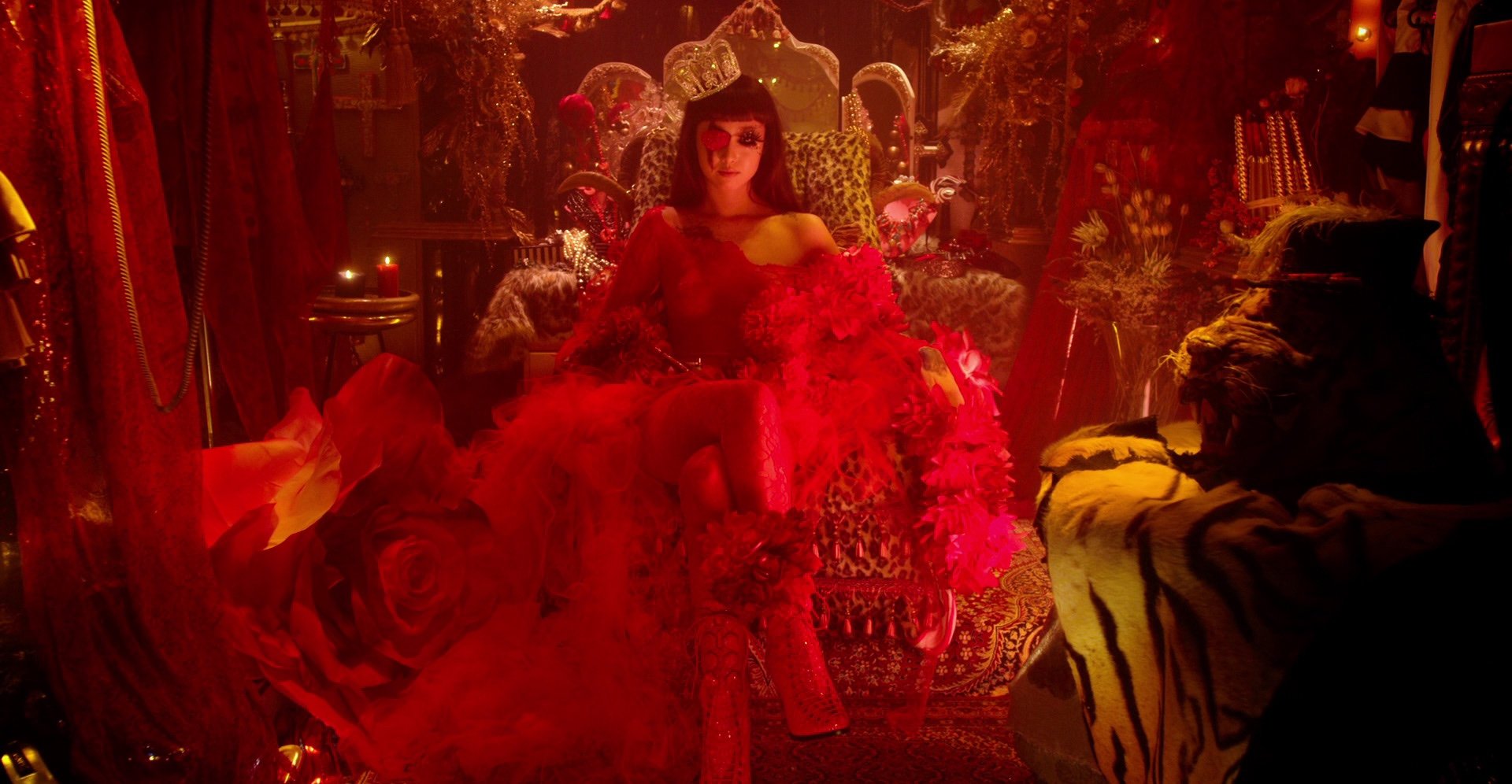Flesh for Fame: Beauty’s Breaking Point
A mere thought evolves into a manic obsession that guides every breath, step, and intention. Helter Skelter (2012), a film by fashion photographer and director Ninagawa Mika, personifies the cult of beauty that devours. Tokyo’s top model and idol, Lilico, is revered for her striking beauty, granting her a coveted career with a shelf life. Through her rise and fall, the film exposes the damaging and destructive obsession with beauty and vanity within Japanese society. Japanese culture is depicted praising a singular definition of beauty in Mika’s film, one which narrows the beauty standard by representing extremely niche individuals possessing perfectly formulated nose and eye ratios paired with impeccably symmetrical features. Inevitably, this portrays an unrealistic beauty standard that idols themselves can’t maintain. Lilico’s greatest fear, being forgotten, prompts her to abandon her sense of self to chase the mirage of her greatest desires.
Throughout the film, Lilico’s vulnerabilities are revealed, including her closely guarded secret of undergoing countless full-body plastic surgeries to achieve societal perfection. These procedures violated pharmaceutical laws for extremity and turned her into a lab rat for experimental techniques designed to craft Tokyo’s next “perfect face.” Lilico epitomized Japan's rigid beauty standards with her pale, flawless skin, large doll-like eyes, slim figure, and straight, glossy hair features demanded by a society obsessed with perfection and conformity.
Blinded by fame, Lilico’s body begins to break down under the strain of synthetic alterations. “I feel like every time they click the shutter, I get emptier,” she laments, reflecting on the paradox of her fame, filled with cycles of dazzling appearances masking her inner emptiness. Fame, deception, and vanity give new dimensions to the film’s horror elements, creating a complex commentary on social and political values in Japan. Grotesque imagery of Lilico’s bodily deterioration, shockingly different from her dainty profile, exemplifies how her desperation to remain beautiful has become a terrifying obsession. As Lilico’s mental state begins to unravel, movie scenes blur between reality and hallucination as an iteration of Lilico’s state of mind. The elusiveness of beauty and adoration silently carve away at Lilico’s sense of self, leaving behind her battered and broken body.
The cult of materialism within Japanese culture leads women to grow infatuated with being loved and beautiful, often combining the two in a suffocating knot. Like a prism of false promises, her synthetic beauty began to rot from within, turning her body into a canvas of decay, the price of vanity leaving a permanent stain. Mika’s artistic choices include bold maximalism and glamour, representing Lilico’s fame and fortune. The duality of red represents royalty and riches while simultaneously serving as an ode to Lilico’s sacrifice for beauty. Helter Skelter is most visually arresting in Mika’s utilization of neon colors and saturated lighting. Additionally, recurring symbols such as butterflies and mirrors embody fragility and self-reflection. Seeking Beauty becomes an addictive drug for Lilico, providing a fleeting euphoria that ultimately consumes her.
Lilico’s imbalance of self-love and being loved eventually thrusts her into oblivion. The culture’s fatal fixation with beauty, central to Lilico’s identity, drives her into madness. Once Lilico’s secret surgical history is revealed, she removes her eye as her final act of rebellion, declaring she will never be martyred for her beauty again. A tragic love story between a young girl and an unforgiving society grew into a monstrous plot filled with betrayal and annihilation. This film, embellished with maximalism and visual aesthetics, symbolizes how appearances in the media can mask suffering. Lilico’s deterioration on screen raises intense controversy about the dangers of consumerism and capitalism and its impact on societal beauty standards.
Strike Out,
Writer: Isabelle Kim
Editor: Dani Hernandez
Tallahassee




